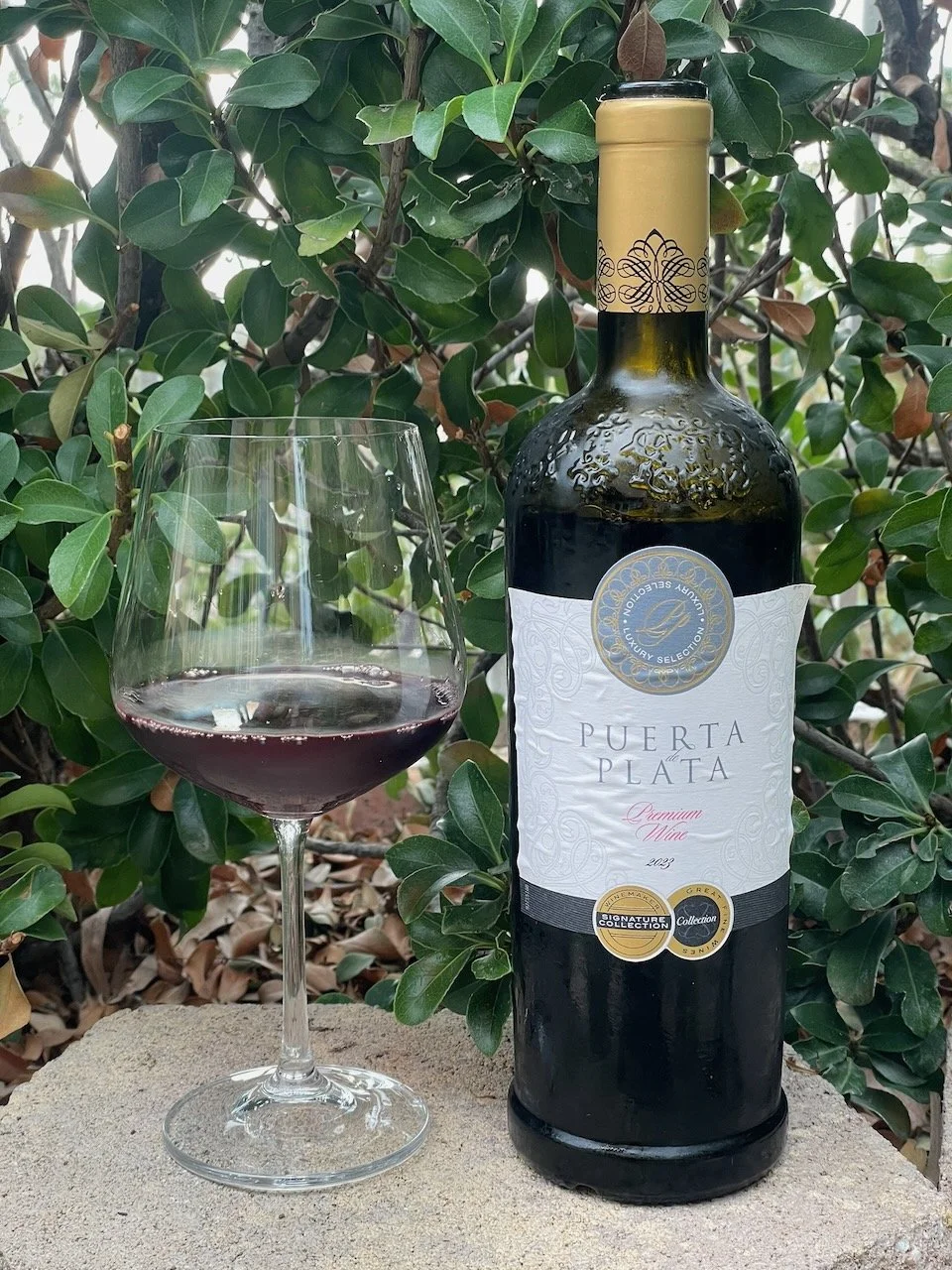Photo by Noelia Vega on Unsplash
Have you ever heard or read about a wine being described as “Bright?” You may have wondered what this really means. So, let’s take a quick look at “bright” wines.
When someone describes a wine as "bright" they are referring to the fact that it has high acidity.
Wines with high acidity are also described as refreshing, crisp, and zesty on the palate — like biting into a green apple or a lemon. This acidity gives the wine a clean, sharp edge and makes it lively rather than what might be described as soft or heavy.
Bright Wines:
Usually light to medium body wines
They have fresh and vibrant flavors
They will often have tart fruit notes such as green apple, citrus, pineapple, cranberry or sour cheery
These wines leave your mouth feeling cool on their finish — it feels like it "cleans" your mouth after a sip
High-acidity wines will actually make your mouth salivate. That’s one of the key ways your body reacts to acidity in general, not just in wine.
Acidity in wine triggers your salivary glands, especially under your tongue and along your cheeks, to produce saliva
Here are just a few examples of wines that are high in acidity:
White Wines
Sauvignon Blanc
Pinot Grigio
Albariño
Vermentino
Pinot Grigio (a.k.a. Pinot Gris)
Red Wines
Barbera
Pinot Noir
Sangiovese (a key component in Chianti)
Gamay
“Bright” acidic wines are often enjoyed in warm weather but are also a great compliment to many rich and/or fatty foods. Cheers!






